Culture in Serbia
Explore Serbian culture
Serbian culture is shaped by historical currents, geographical diversity, and the coexistence of various peoples. At the heart of this culture are Serbian cuisine and customs deeply rooted in everyday life.
Serbian cuisine, known for its hearty meat dishes, tasty vegetable side dishes, and sweet delicacies, reflects the soul of the country. Traditional festivals such as Slava and Đurđevdan underline the importance of family, faith, and community.
These customs are vibrant expressions of Serbian identity that connect generations and celebrate the cultural diversity of the country.
Serbian cuisine
Serbian cuisine is characterized by its diversity and rich flavors, influenced by a blend of Ottoman, Mediterranean, and Slavic influences. Hearty meats, fresh vegetables, and traditional dairy products dominate, accompanied by the high importance of hospitality and communal enjoyment of meals.
Five typical dishes from Serbia
These dishes represent the rich culinary tradition of Serbia and reflect the influences of the numerous cultures that have inhabited the territory of modern-day Serbia over the centuries.
1. Sarma
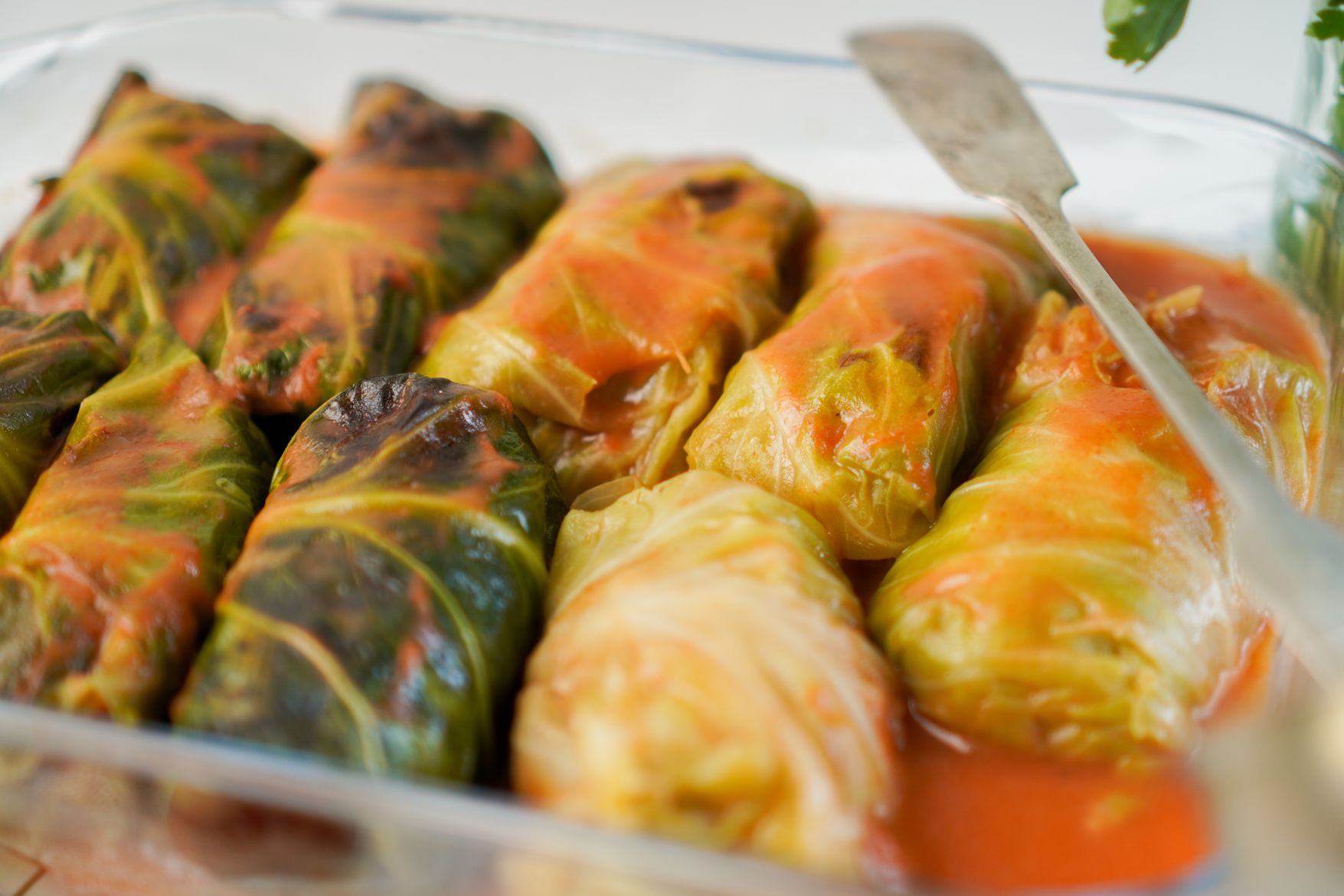
Sarma is a traditional dish deeply rooted in Serbian cuisine. It consists of carefully wrapped sauerkraut or cabbage leaves filled with a hearty mixture of minced meat, rice, and delicate spices. Slow-cooked, Sarma unfolds rich flavors that culminate in a delicious, juicy filling. Sarma is often served in sauce or with creamy yogurt.
2. Pljeskavica

Pljeskavica is considered a national dish in Serbia and is a culinary highlight of the Balkan region. These juicy meat patties are made from a mixture of beef and pork and grilled on the barbecue. Pljeskavica is traditionally served with fresh onions, spicy Ajvar, and creamy Kajmak, wrapped in soft flatbread.
3. Pasulj
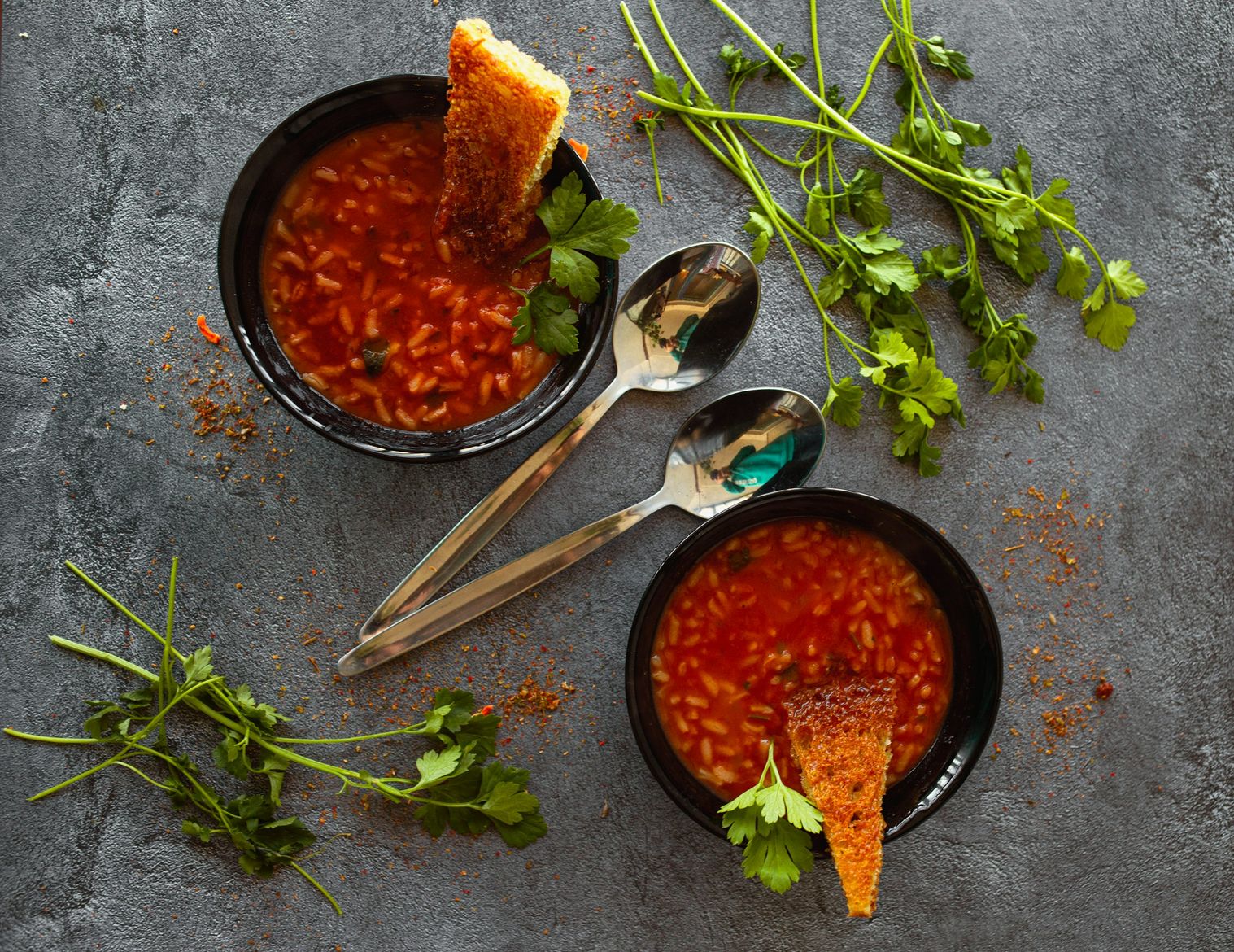
Pasulj is a hearty and warming bean soup that plays an important role in Serbian cuisine. It combines white beans, aromatic smoked meat, and a rich selection of spices in a deliciously thick stew. This traditional dish is a symbol of home cooking and is often enjoyed with fresh bread, which can be used to soak up the flavorful broth.
4. Ajvar

Ajvar is a versatile, spicy paste made from roasted red peppers and eggplant. This delicacy of Balkan cuisine is traditionally prepared in the autumn when the peppers are most aromatic. With its rich, smoky flavor, Ajvar serves as a condiment, spread, or ingredient that adds a special touch to dishes.
5. Ćevapi
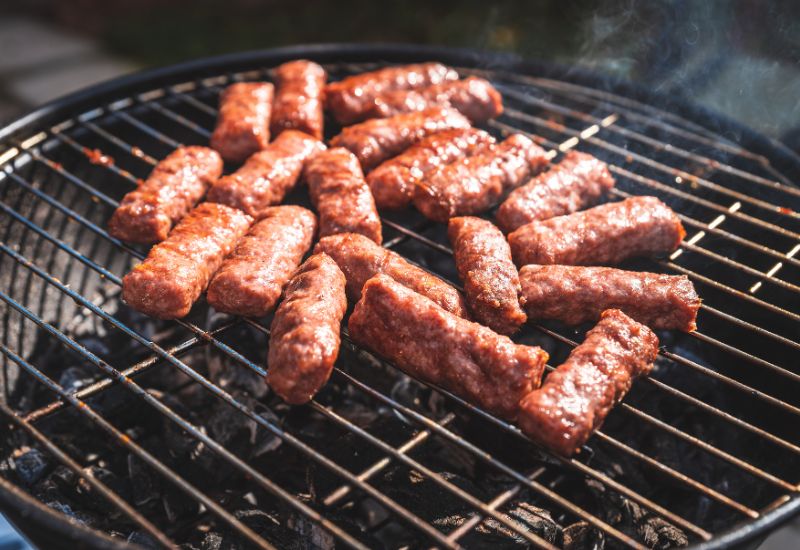
Ćevapi are a quintessential part of Serbian barbecue culture. They are small, seasoned rolls made from a mixture of beef and lamb meat. They are grilled over an open flame until they are crispy on the outside and juicy on the inside. Traditionally, Ćevapi are served with flatbread, fresh onions, Kajmak, and Ajvar.
Drinks
The drinking culture in Serbia reflects Serbian hospitality and joy for life, shaped by shared moments and traditions. Offering drinks, such as Rakija and coffee, is a sign of hospitality in Serbia. Declining guests is considered impolite.
Alcoholic beverages, especially Rakija and wine, are integral parts of celebrations, family gatherings, and religious festivals. Despite the popularity of alcohol, locals are expected to drink responsibly. Excessive consumption is not appreciated, and drinking rituals, such as toasting with "Živeli" (Cheers), are treated with respect.
Another important aspect of Serbian drinking culture is the Kafana. The Kafana, a traditional Serbian café or bistro, plays a central role in social life. Here, people gather to chat over Rakija, beer, or coffee, to eat, and often enjoy live music.
Rakija
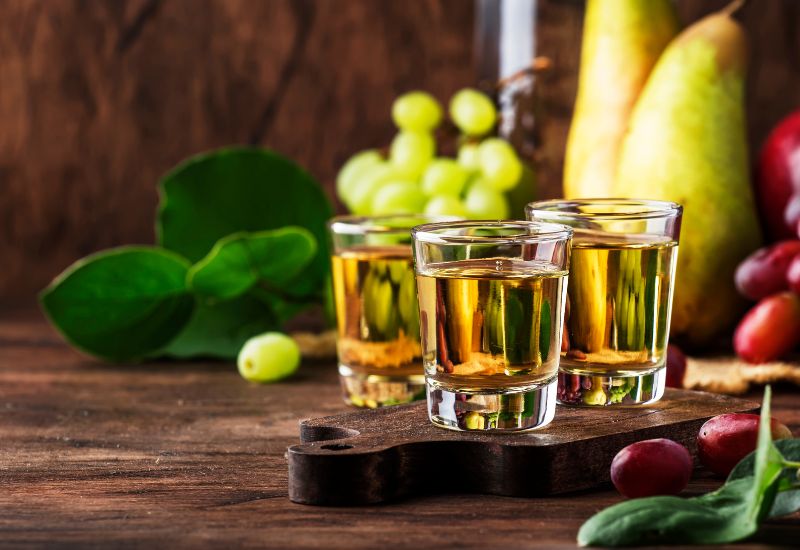
This fruit brandy beverage is perhaps the most well-known and highly esteemed traditional drink of the Balkan region. Rakija is made from various fruits, with plum (Šljivovica), apricot, and pear rakija being among the most popular varieties. The fruit brandy is consumed on special occasions, serves as a welcoming drink, and is also offered at celebrations.
Vino (Wine)

Serbia has a long wine tradition that dates back to Roman times. The country produces a variety of wines, both red and white, including some indigenous varieties such as Prokupac and Tamjanika.
Kafa (Coffee)

Coffee consumption also plays an important role in Serbian society. Traditional Serbian coffee, similar to Turkish coffee, is a strong, black beverage enjoyed at any time of the day, but especially in long, social coffee gatherings.
Traditional Festivals and Customs
Serbian festivals and customs showcase the deep religious, historical, and cultural roots of Serbian society, offering insights into the values and traditions that shape social and family life in Serbia.
Slava

Slava is a unique Serbian Orthodox custom where the family celebrates their patron saint. Each family has its own saint whom they honor, and this day is commemorated with a festive meal, to which relatives and friends are invited. It is an expression of religious devotion and family bonds.
Božić (Christmas)

Christmas is celebrated in Serbia on January 7th according to the Julian calendar. Traditional customs include burning the Badnjak (an oak or beech log), special morning liturgies, and a festive meal where Česnica, a special bread with a hidden coin for luck, is served.
Đurđevdan (St. Georgs Day)
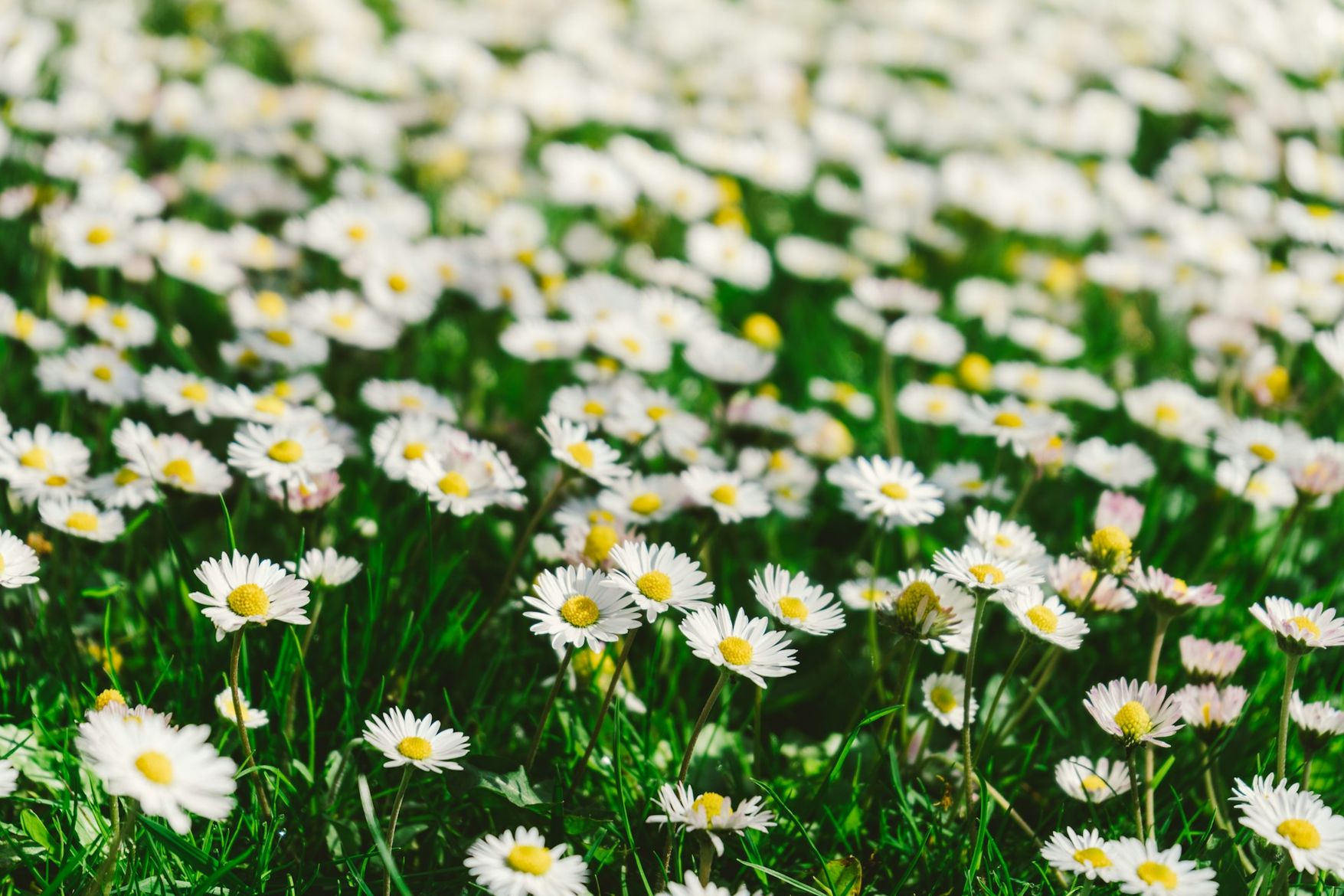
Đurđevdan is celebrated on May 6th. Saint George's Day is especially important for the Roma community in Serbia, but also for other Serbs. The day is observed with spring rituals, picking flowers and herbs, as well as special songs and dances. It is a festival that marks the beginning of spring, signaling the transition from winter to summer.
Experience Serbia
The culture of Serbia is a fascinating blend of tradition and modernity, evident in its cuisine, festivals, and customs. These elements form the heart of Serbian identity, fostering community cohesion and preserving the country's rich heritage. They invite not just visiting Serbia, but experiencing and feeling it.
Are you ready to gather new cultural impressions in Serbia?
Here you can learn more about toll regulations in Serbia to ensure a stress-free journey in the country.
